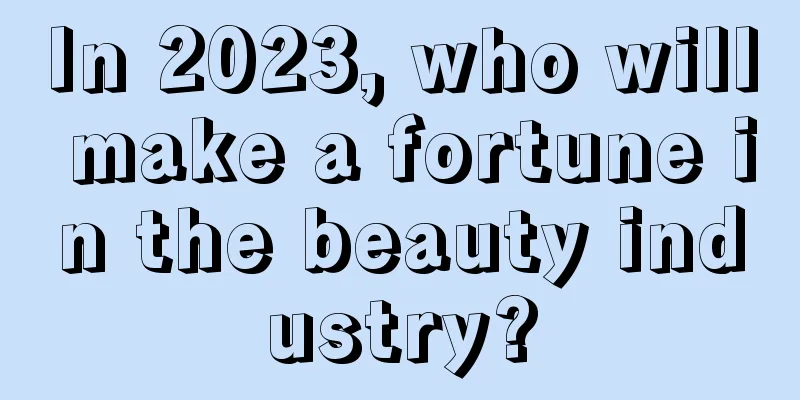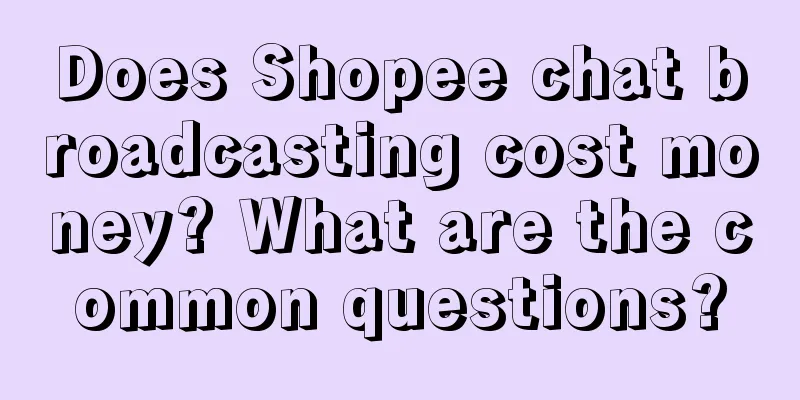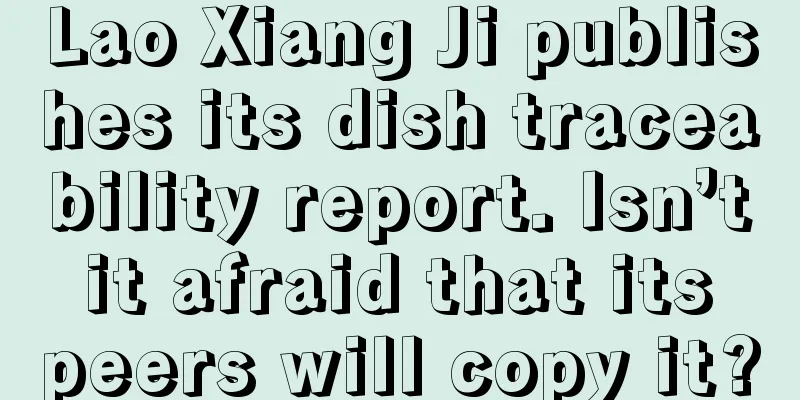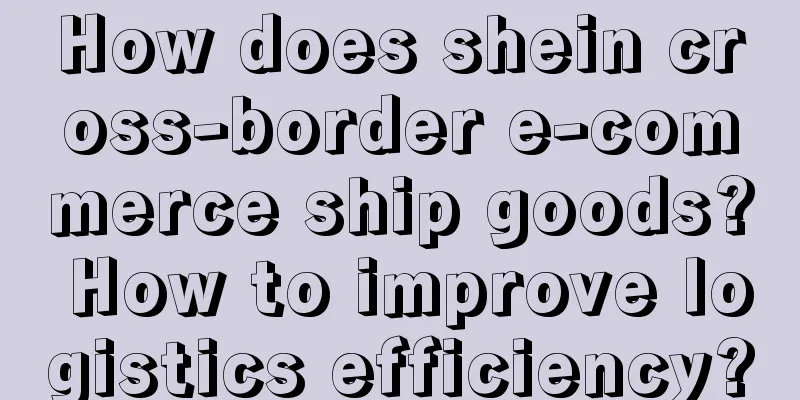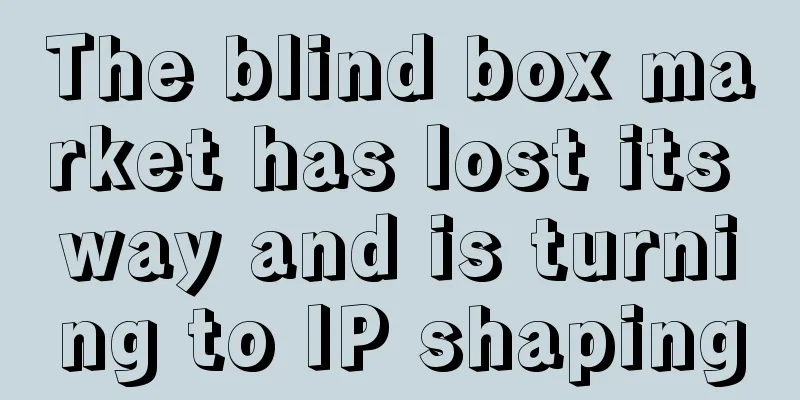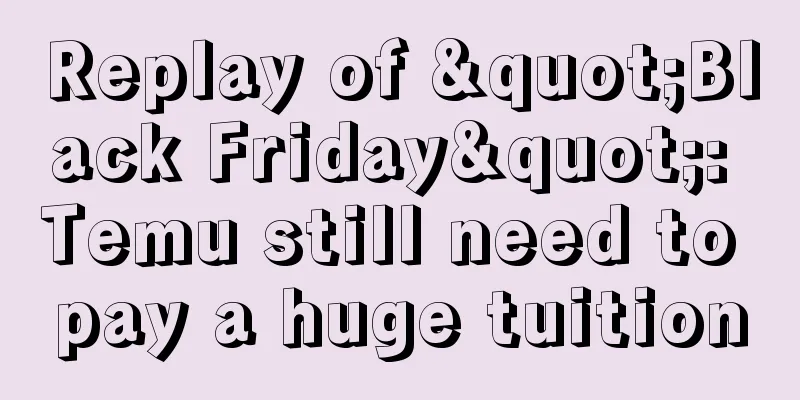PUSH
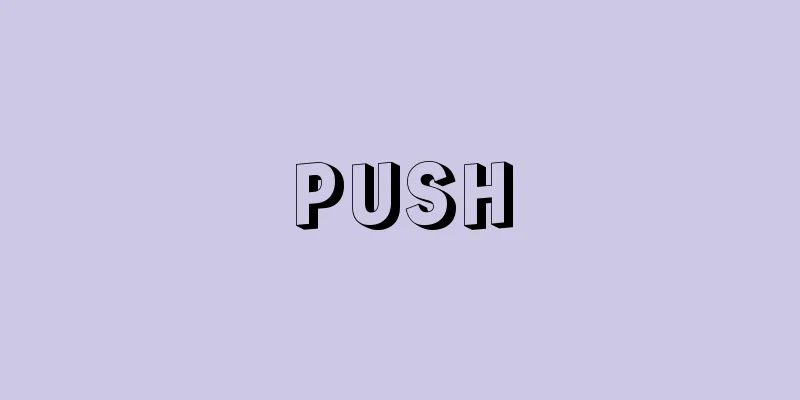
After publishing the article "How to respond when asked how to do user recall during job interviews?", I unexpectedly received many private messages from classmates. The most frequently asked questions were how to design PUSH push strategies, push timing, push frequency, and other similar questions. Seeing so many private messages from classmates, I was very pleased and surprised. After all, the content I produce is related to the popularization and learning sharing of Internet products and operational knowledge, which is itself a very unpopular content in the field of Internet content. My original intention in producing these contents was not to pursue the growth of the number of fans, but to organize my years of work experience and insights in this field. This issue will introduce PUSH push, design elements, channels, pros and cons, strategy output, and focus indicators. The message push function is actually quite common in daily life. For example, in the early days, email push and SMS push are now widely used in various mobile apps. The push function has become an indispensable part of the Internet era, especially in the advertising monetization business. Its importance is self-evident and has become one of the key capabilities to drive business growth. PUSH notification not only makes it convenient for users to obtain the latest information in a timely manner, but also provides a channel for interacting with users and promoting products. However, users often see a lot of spam messages pushed, which makes them feel annoyed. So how should a product manager design a push notification? And how should it be used during operations? First of all, what is PUSH? APP PUSH notification bar message, as shown in the figure below. The push message structure of the notification center mainly includes the following elements: In addition to the more common styles shown above, there are also some personalized special styles, such as adding replacement symbols, "replacement symbols are used to replace names, names, materials, symbols, etc.", function buttons and other personalized elements. Or you can add pictures, banners and other material elements. PUSH notifications are an effective tool for promoting app user activation and retention. Well-designed PUSH notifications can accurately reach the target user group, not only improving app user activity, but also increasing user active days and promoting long-term user retention. At the same time, PUSH notifications can be used to push the latest activities, topics, high-quality content, etc. to users who may be interested, thereby increasing the exposure and participation of the activities. If the user has not closed the PUSH notification, it can be displayed in the notification bar when the mobile terminal is locked, or a message notification that pops up at the top of the operation foreground. It has a strong reminder effect. After clicking it, it can wake up the APP and guide the user to click and reopen the APP to complete various key product behaviors. After the user clicks the PUSH jump, it disappears without any trace. PUSH push enters the sending stage after the message system is created. The server needs to route according to the user terminal information. For different system versions, the supported message display formats are also different. The iOS system calls Apple's own push notification service "APNS, Apple Push Notification Service" , which relies on one or several system resident processes to operate. It is global and takes over the message push of all applications. It can be regarded as independent of the application and is the communication between the device and the Apple server. The Android system calls different manufacturers' SDKs according to different manufacturers, which is more like the practice of traditional desktop computer systems. Each application that requires background push has its own separate background process to communicate with its own server and exchange data. Although Google initially built a service program for push in the Android system and built a server similar to APNs, domestic access to its servers is limited. Many mobile phone manufacturers have deleted these codes in order to reduce the burden on mobile phones. As a result, Android phones can only realize the push function through a long connection with the server. Fortunately, there are many third-party push platforms that have solved some technical problems. The essence of PUSH is actually to prepare a batch of user IDs, prepare push copy, jump pages, etc., and push them to users at a certain point in time or when an event occurs. Messages need to go through a channel from being sent to reaching the user's device. Channel types are generally divided into three categories: manufacturer channels, third-party push platforms, and long connections . Manufacturer Channel 1 is a push service launched by mobile terminal manufacturers. Each manufacturer has restrictions and specifications on APP push. By accessing the manufacturer's SDK, the server can push messages to the server of the mobile phone system and then send them to the manufacturer's SDK inside the client. The operating system will display them accordingly and wake up the APP after clicking. This can prevent the message from reaching the user after the APP process is killed. Therefore, the manufacturer's reach rate is relatively high, but it will also be restricted by the manufacturer's rules. The third-party push platform 2 is a related message service built by a push service company. When various APPs use the push service of the same platform, the clients are all integrated with the SDK of the same third-party push platform, thus forming a push alliance. When the message process of one of the APPs in the alliance is not killed, other APPs can also use it to notify users, forming a mutual awakening and improving the reach rate. Some people have done multiple scenario tests before, and the success rate of mutual awakening is not high, but they can also help access different manufacturer channels for a fee. A long link is a link between a mobile phone and a server to push message data. The long link can be used to monitor the APP status, but it requires more R&D resources to push messages completely through the long link and ensure stable reach. In addition, it is necessary to avoid the long connection process from being killed by the operating system. Notes: 「Manufacturer channel: For example, domestic mobile phone manufacturers such as Huawei, Meizu, Xiaomi, OPPO, VIVO, etc., Apple’s push channel is called APNS」 「Third-party push platforms: Jiguang, Umeng, Getui, etc.」 The construction of the PUSH function needs to be based on the product's own situation and the resource costs that the company can invest, pursuing different goals at different stages. When pushing, the client's PUSH SDK will generate a corresponding TOKEN based on the user's device number. Within the SDK, if you are using a third-party push service, register with the third-party SDK; if it is a manufacturer, register with the mall SDK; if you use a long connection, register with your own SDK, which will serve as the unique ID to identify the user for subsequent pushes. The PUSH push population package organizes a group of user IDs based on user portraits. After uploading them to the push in TXT or EXCEL format, the same content is pushed to this group of users. The copy and page are the same, and the message content received by each user in the push target population is the same. Some personalized messages are sent to different groups of people through algorithm recommendations. The user's behavioral preferences are calculated and personalized PUSH pushes are performed. A unified message template with a [replacement symbol] is included. Each push message displays different content at the replacement symbol position based on the user's settings and preferences. The copy is different for each user, and the content of the [replacement symbol] is different for each user. Product managers or operations personnel need to design some personalized strategies, explore more triggering scenarios, and design triggered push strategies based on user portraits or behaviors to cover as many users as possible. You can also refer to the user's active time period and use AB testing to determine the optimal push time. ABtest , in simple terms, is to develop two plans for the same goal. Some users use plan A, and other users use plan B. The user's usage is recorded to see which plan better meets the design goal. The push strategy design mainly focuses on who to push to, when to push, and what content to push. The specific PUSH focus is planned according to the actual situation of the market: Refer to user basic information: gender, age group, region, etc.; Key behaviors: transaction price, frequency, usage duration, " Aha Moment " , etc. Interest preferences: categories, tags, activities, etc.; Life cycle: new, active, mature, silent, lost, etc. The number of PUSH messages that a user can and is willing to receive is limited, but a user may hit multiple audience packages at the same time. At this time, you need to consider which message to push first. If the goal is to increase the number of opens, when a user hits multiple messages, give priority to the message that the user is most likely to click. The screening conditions are sorted from high to low according to the historical data performance of each strategy, and the groups to which the strategies are pushed are prioritized and deduplicated, ultimately covering all groups. For more complex cases, you can combine the above strategies with personalized algorithm recommendation strategies. This part requires the intervention of algorithm experts, and product managers or operations need to pay attention to the effectiveness and adaptability of the model to avoid situations like being stuck in a quagmire. For example, a strategy has been at the top of the rankings due to an abnormal performance that exceeds its level, but the actual effect is mediocre. The above recommended strategies do not include function reminder PUSH. After all, function reminders need to be delivered to users in a timely manner and are often given high priority. We have introduced three channels of PUSH. So how should we choose the channel when facing different groups of people? Generally speaking, more important push notifications go through the manufacturer channel; For push notifications to online or highly active users, you can first use a third-party channel. Highly active users are likely to actively open the APP, so using a third-party channel can also ensure a certain reach rate. Users whose notification permissions are closed can be filtered to avoid occupying the quota. If the manufacturer channel has exceeded the limit, use the third-party channel. However, such a channel selection solution customized according to the business may be costly. Usually, third-party push services have directly given general rules. For example, when the user's device is offline and supports the manufacturer's channel, the manufacturer's channel is used; when the user's device is online, the third-party channel is used. If the company has the ability to independently select channels based on its own business logic, it can optimize according to the above solution. The reported data includes touch, click, close, exit, registration and other data. All types of touch messages are inseparable from touch and click. The touch data is reported through the manufacturer's callback as needed by the manufacturer, and the click data can be reported to the server by the SDK. For users who have turned off PUSH push notifications, it is also necessary to evaluate whether PUSH is sent excessively and disturbing the users. This is generally divided into closure within the APP, and the SDK can report it directly to the server; The other part is that the user actively turns off the APP's PSUH push on the mobile phone operating system. When the APP is in the foreground, the SDK calls the relevant methods of the mobile terminal to obtain whether the user has turned off the PUSH push, and then reports it to the server. After the message task is set up, the test needs to send the content set by the operation and push it to the operation. Add "test" to the text sent, or set a test whitelist. Accounts not in the whitelist cannot be tested. Verify whether the display effect and related jumps are normal after the message is pushed out. At the same time, it is necessary to carefully review whether the message text complies with the Advertising Law, whether the message jump is normal, and whether the sending frequency and time are appropriate before sending it to avoid online push accidents. Data analysis is generally carried out according to the entire process of the message, including the number of messages sent, the number of messages reached, the number of clicks, and conversion data. The reason why the message failed to be delivered to the user's device may be that the user turned off the notification or uninstalled the app. You can guide the user to turn it on, reduce or lengthen the link of the closed entrance, and wake up and recall lost users; When the user is offline, " the push of non-manufacturer channels depends on the online application " , which increases the probability of the user being online, and the APPs can wake each other up, optimize the network, or push when the user is likely to be online: in addition to statistical analysis based on the user's active time period, some events can also be captured, such as the device screen turning on, or the user's active situation in other channels can be used for judgment; The message does not comply with the manufacturer's specifications or restrictions. The volume limit is " the number of messages that a single user can send in one day, and the total amount that an APP can send in one day " . The amount of invalid messages is reduced, channel selection is optimized, and manufacturer messages are classified; content restrictions: special characters in the copy, URLs, technical formats, etc. Improving the reach rate requires a complete process from message creation to actual notification to user establishment, refining each interactive link, discovering the main reasons affecting the reach rate, and making targeted solutions or optimization plans. In addition, messages that do not use the manufacturer channel can also use long connections and other push platform services to push multiple messages at the same time. Optimizing push strategies can start with improving the accuracy of user portraits. If the selected group of people are not interested in the pushed content, then it will be difficult to attract users even if the content is of high quality, or users will be disappointed after entering the page after being attracted and clicking. The RFM model can be used to segment the population and screen user value . Content optimization includes all configurable elements of the message entrance, including the most common copy, message background, small image on the right, application icon at the top, application name, summary, etc. The element style can refer to the picture above. More display forms may appear in the future. Improve user relevance, such as basic attribute information of users, including surname, region, last digit of phone number, gender, etc. Short, situational expressions are more attractive for clicks. Generally speaking, the shorter the copy, the better the effect. You can try to use situational expressions that users are familiar with. Highlight important points of interest and make good use of symbols and emojis. For example, if the user and the material are strongly associated, you can try to quote the material-related name or content and display it separately in the main and sub-titles, and flexibly use [ ], " ", |, etc. When the text is the same, whether to use symbols and which symbols to use will usually have a significant difference in the effect. In short, everything starts from the portrait and demands of the push audience, and through repeated AB tests, we can find the interests that users care about and their preferences for copywriting style. As for how to control the push frequency and improve the user experience, how many messages a user can push in a day is actually a difficult question to evaluate, because everyone's tolerance is different, and users' negative feedback is delayed, difficult to monitor, and almost irreversible. The control of push frequency is also called fatigue control, anti-fatigue mechanism, etc. So, how should the message count threshold be set? You can refer to the number of PUSH messages that a single user can receive as specified by the mobile phone manufacturer. Generally, a non-functional PSUH device can send 2-5 messages. Refer to the number of PSUH pushes to users by competing products every day; Refer to users' negative feedback, such as users who turn off notifications or uninstall the app, to see if the number of messages is generally large and how many there are. If conditions permit, it can be verified through AB testing. For example, for users with the same conditions, the limit is to send 5 or 6 messages a day to see if the activation rate is improved, whether the conversion rate is improved, whether the negative feedback increases, etc. At the same time, it is necessary to monitor and feedback messages, provide a user feedback portal, support users to choose not to like the push, or create an account to establish contact with users, and support users to feedback push-related issues at any time. Monitor feedback on social media and app stores. Sometimes, if users feel that a push notification has a big problem, they will be willing to share their complaints on platforms such as Weibo. You can pay attention to whether there are any relevant reviews on the app store. PUSH is a powerful tool that can increase user engagement and application activity, but you must be careful not to overuse it, as it can cause user disgust and disruption. Developers should respect user privacy and preferences and make reasonable use of the PUSH push function based on actual business conditions. Author: PM Daming WeChat public account: PM Daming |
>>: Douyin and Kuaishou increase investment in short dramas: launch cash + traffic support policy
Recommend
Whoever plays with it will become popular! Has playing with memes become a hard currency for brand marketing?
In the tide of Internet culture, meme marketing, w...
How to highlight brand personality and gain more fans?
To some extent, we can understand "brand pers...
Can Amazon offer free gifts? What are the benefits of giving free gifts?
In the vast world of e-commerce, Amazon has won th...
There is no point in rolling randomly. To find new volume, we must return to the essence.
This article specifically discusses the key change...
Young people don’t like to read, and neither “Kuangbiao” nor short videos can influence them
Young people today seem to be less and less intere...
How long does it take to incubate a new Amazon seller? How many days after completing Amazon registration can new products be launched?
For new sellers, they usually encounter some chall...
The universal formula for operations. Once you learn it, you can handle any performance target, no matter how big it is!
Performance goals can be achieved by improving the...
Comment area leads to 200+ accurate fans every day
Nowadays, the number of fans is growing slowly, an...
Where to find growth in 2023? 丨Douyin VS Kuaishou Advertising
Amidst the pressure and uncertainty, "tighten...
Do I need to pay taxes for Amazon’s overseas direct mail? What are the modes?
If you shop through an overseas purchasing platfor...
How to gain consumer insights? (2023 edition)
This article will share the core methods of unders...
100 live broadcasts in one year, what have we gained?
Based on his experience of 100 live broadcasts, th...
What should I pay attention to when uploading toy products on Amazon? How to pass the toy category review?
There are different requirements for selling diffe...
What are the cross-border e-commerce platforms for individuals to open stores? Who is suitable for cross-border e-commerce?
More and more individuals and entrepreneurs are lo...
No matter how big the matter is, it all depends on the circle of friends.
From the excitement of winning the Olympic Games t...

